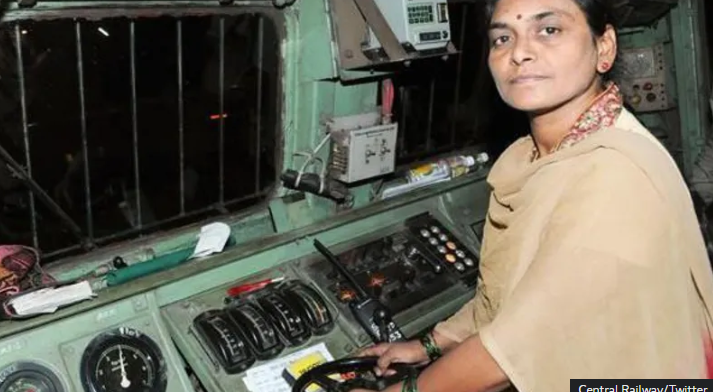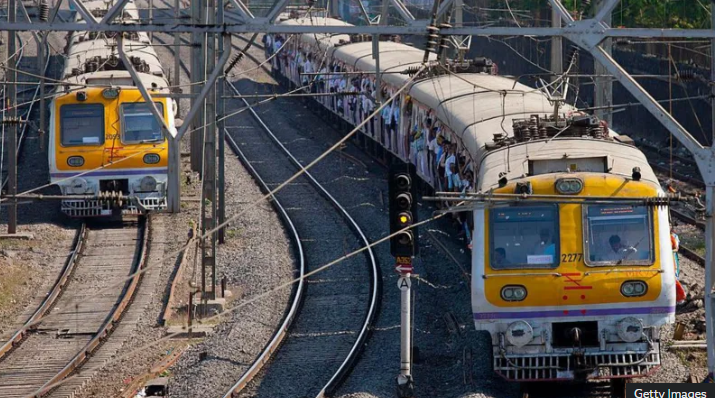India’s First Woman Train Driver Surekha Yadav Retires After 36 Years, Marking the End of a Groundbreaking Era

Surekha Yadav, India’s pioneering female train driver, has retired after 36 years of service, closing a groundbreaking chapter in the country’s railway history. Her career, which began in 1989, transformed perceptions about women in one of India’s most male-dominated professions.
Born in 1965 in a small town in Maharashtra, Yadav grew up in a farming family where she learned the value of hard work early on. Her parents, though of modest means, were determined to ensure their daughter received an education. After earning a diploma in electrical engineering, Yadav spotted an advertisement for assistant train drivers in a local newspaper and applied—unaware that no woman had ever held the position before.
She was selected after a competitive process and began her career driving goods trains. It was only during her training that Yadav realized she was the only woman in a room full of men. Instead of backing down, she embraced the challenge. “If I don’t take the job, someone else will. Since I’ve been chosen, I’ll do it,” she once said.
The early years were difficult. The job required long hours, irregular schedules, and total concentration. Yadav recalls operating trains through flooded tracks, steep mountain routes, and scorching summer heat. There were few facilities for women, and unpredictable delays often meant working late into the night. Despite these hardships, she pressed on, mastering every aspect of train operation—from speed control and signal reading to safety management.

In 1996, Yadav was promoted to locomotive pilot, taking full command of passenger trains. Over her career, she operated some of India’s most important routes, including the Rajdhani Express, one of the country’s fastest long-distance trains. Her colleagues describe her as calm under pressure and meticulous in her work—a professional who earned respect through competence, not gender.
Balancing work and family life was no small feat. Yadav continued to work during her pregnancies and raised her children with the support of her husband and extended family. “When you are driving a train, there’s no time to think of anything else,” she said in an earlier interview. “You have to watch the signals, listen to your colleague, and focus every second. A lapse, even for a moment, can be dangerous.”
Today, India’s railways employ more than 2,000 female train operators—a development that began with Yadav’s quiet determination. Many of these women credit her with paving the way for their own ambitions.
On her final day, she drove the Rajdhani Express into Mumbai’s terminal station, where colleagues celebrated her retirement with music, flowers, and cheers. “I never imagined I would drive trains until I turned 60,” she said, smiling. “What I’ll miss most are the flashing signals, they always showed me the way forward.”
Surekha Yadav’s career remains a testament to perseverance, courage, and the quiet strength of a woman who changed the course of Indian railway history.




